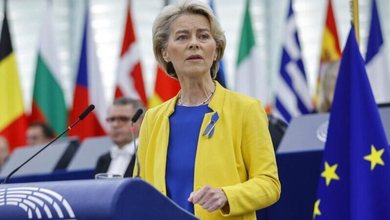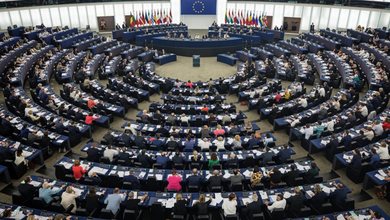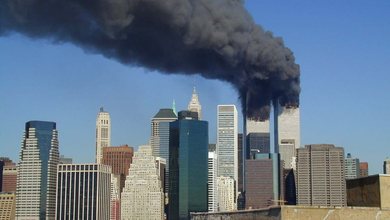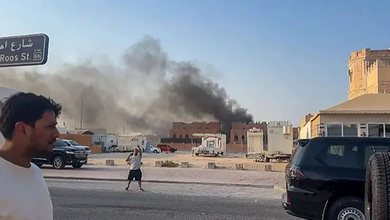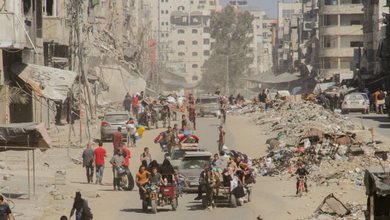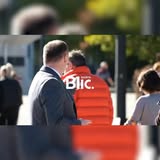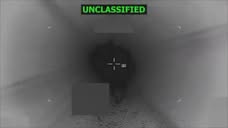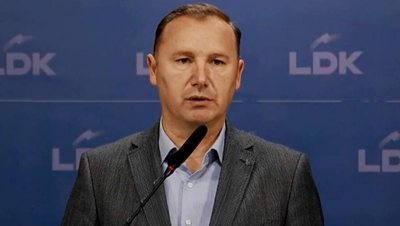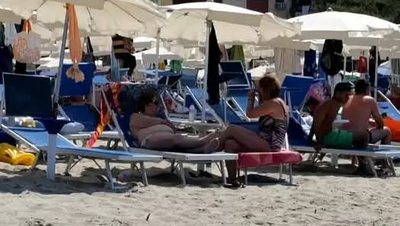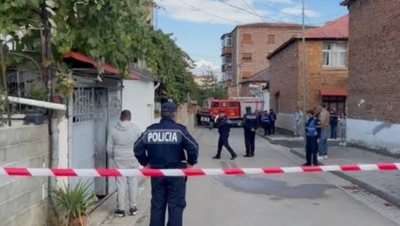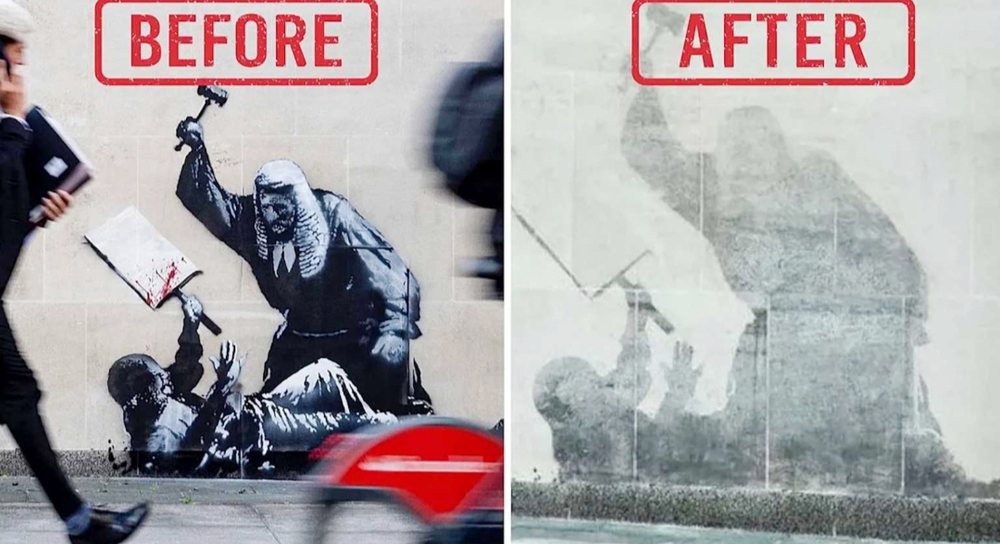
A new piece of art by mysterious street artist Banksy that appeared this week on the walls of London's Royal Courts of Justice has been removed just two days after it was installed. The mural depicted a protester lying on the ground, bloodied and holding a placard, while a judge stands over him, raising a gavel — a powerful and symbolic image that has sparked strong reactions.
Security officials covered the work on Monday with black plastic sheeting and metal barriers, while it was guarded by two police officers and a security camera. HM Courts and Tribunals said the decision to remove the work was taken considering the historical significance of the 143-year-old Victorian Gothic building.
The activist legal group Good Law Project reacted immediately, posting on the X platform:
"The court is erasing Banksy's mural just as it is erasing our right to protest."
Artist Banksy confirmed the authorship of the work with an Instagram post where he published a photo of the mural before it was covered up.
While the work does not directly reference a specific event, many activists have interpreted it as a criticism of the British government's ban on the group "Action for Palestine." This ban has caused strong reactions in society, especially after the arrest of nearly 900 protesters at a march in London last Saturday.
Banksy, known for his sharp political and social commentary, has used street art to challenge power and draw attention to sensitive issues such as migration, war and civil rights.
The fate of the mural now remains uncertain – as does the future of the right to protest in the UK.


